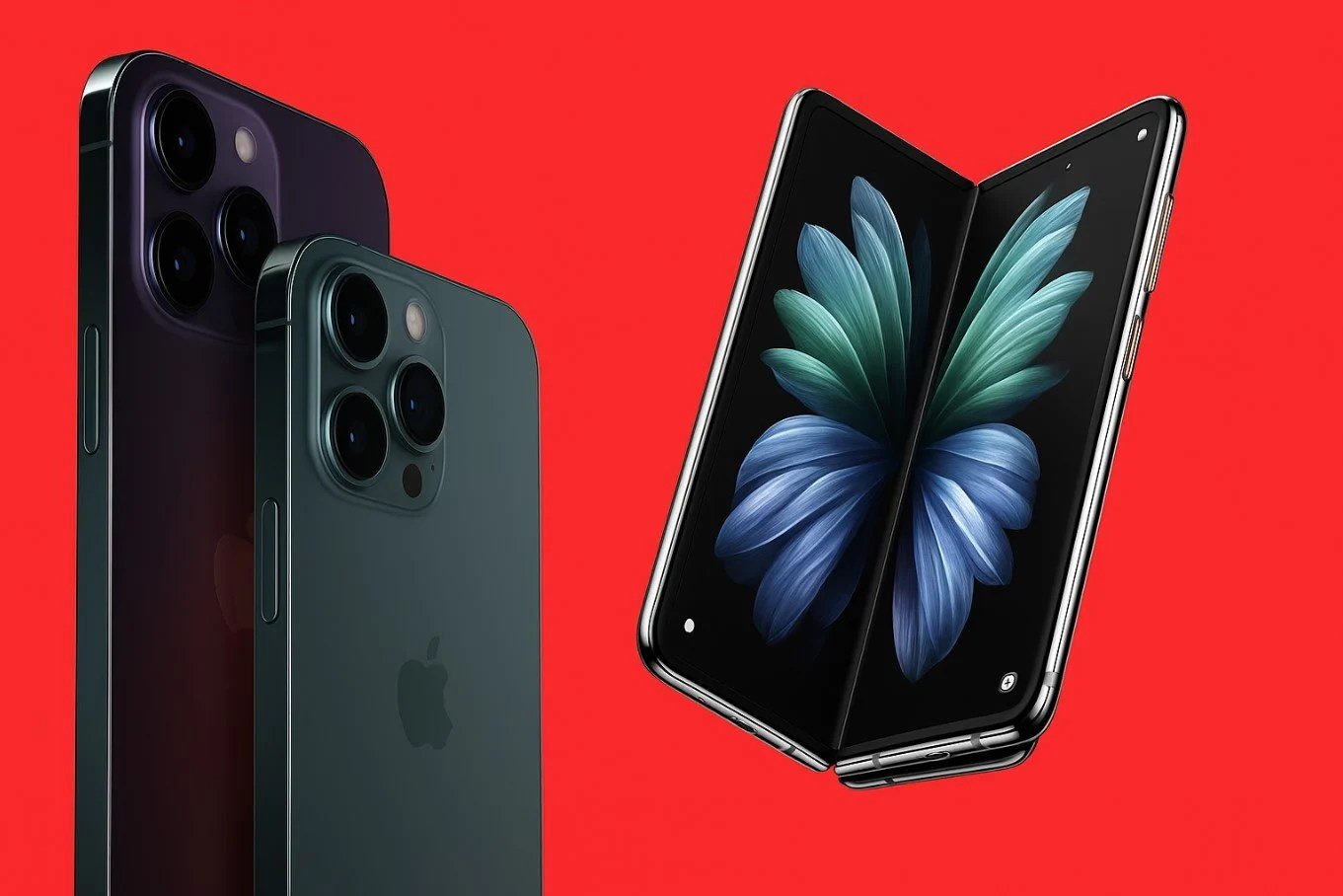The tech world buzzes with excitement about Apple’s upcoming revolutionary device. Reports indicate the first foldable iPhone could debut in 2026, marking a significant shift in smartphone design. This groundbreaking device would transform how users interact with mobile technology daily.
Breaking Down the Latest Foldable iPhone Rumours
Recent leaks suggest Apple plans to enter the foldable smartphone market within two years. The device would feature a 7.8-inch display when fully opened, competing directly with Samsung’s established foldable lineup. Industry insiders claim development has reached advanced stages already.
The $2,000 price point positions this device as a premium offering targeting early adopters. This pricing strategy aligns with Apple’s tradition of launching innovative products at higher price points. Early estimates suggest the cost could reach approximately $2,000 for base models.
Design Features That Could Change Everything
Apple’s foldable iPhone would reportedly adopt a book-style folding mechanism similar to Samsung’s approach. The Samsung Galaxy Fold design appears to influence Apple’s engineering decisions significantly. This configuration offers users both phone and tablet functionality in one device.
Key design elements include:
- Ultra-thin glass display technology for durability
- Seamless hinge mechanism for smooth operation
- Advanced crease-reduction technology for better viewing
- Improved battery management across folding components
The device would maintain Apple’s signature premium build quality while addressing common foldable phone concerns. Engineers focus on minimising display creasing and maximising device longevity through innovative materials.
Market Impact and Competition Analysis
Samsung currently dominates the global foldable smartphone market with several successful generations. Google, Motorola, and other manufacturers have also entered this space with varying degrees of success. Apple’s entry could dramatically shift market dynamics and consumer adoption rates.
The launch in 2026 timeline gives Apple additional development time compared to rushing to market. This approach allows thorough testing and refinement of folding mechanisms and software optimisation. Apple typically prefers perfecting technology before public release rather than being first to market.
Consumer demand for foldable devices has grown steadily despite higher prices and durability concerns. Market research indicates increasing interest among users seeking larger screens without carrying multiple devices. Apple’s brand loyalty could accelerate mainstream foldable adoption significantly.
Technical Challenges Apple Must Overcome
Developing a reliable foldable iPhone presents numerous engineering obstacles that Apple must address. Display technology represents the primary challenge, requiring flexible screens that maintain image quality over thousands of folds. Battery placement and thermal management add additional complexity layers.
Software optimisation becomes crucial for seamless transitions between folded and unfolded modes. Apple’s iOS would need significant updates to handle dynamic screen configurations effectively. App developers would also require tools to optimise their applications for variable screen sizes.
Durability testing must prove the device can withstand daily usage patterns without premature failure. Apple’s reputation depends on delivering products that meet consumer expectations for longevity and reliability. The company cannot afford early adopter disappointment with build quality issues.
What This Means for iPhone Users
The foldable iPhone introduction would represent Apple’s most significant design change since the original iPhone launch. Users could enjoy tablet-sized screens for productivity while maintaining phone portability when folded. This versatility could reduce the need for separate tablet purchases among some consumers.
Existing iPhone users might face decisions about upgrade timing and whether foldable technology offers sufficient benefits. The premium pricing suggests initial adoption will focus on tech enthusiasts and business users. Mainstream adoption would likely follow in subsequent generations with lower prices.
App developers would gain new opportunities to create innovative experiences leveraging the unique form factor. Multi-window functionality and enhanced productivity features could transform mobile computing capabilities significantly.
Looking Ahead to 2026 and Beyond
Apple’s first foldable iPhone could arrive alongside other major technological advancements in the smartphone industry. 5G technology maturation, improved AI capabilities, and enhanced camera systems would complement the foldable design innovation.
The $2,000 price point suggests Apple views this as a premium category rather than a mainstream replacement. Future generations would likely offer lower-cost options as manufacturing scales and technology matures. This pricing strategy mirrors Apple’s historical approach with new product categories.
Competition will intensify as other manufacturers respond to Apple’s entry into the foldable market. Innovation cycles could accelerate, benefiting consumers through improved features and competitive pricing pressures across the industry.
The 7.8-inch display size positions Apple’s offering between the phone and tablet categories strategically. This screen real estate provides ample space for productivity tasks while remaining manageable for one-handed operation when folded.
As 2026 approaches, more details will emerge about Apple’s foldable iPhone specifications and capabilities. The tech community eagerly awaits official announcements that could reshape the entire smartphone landscape fundamentally.








Be First to Comment